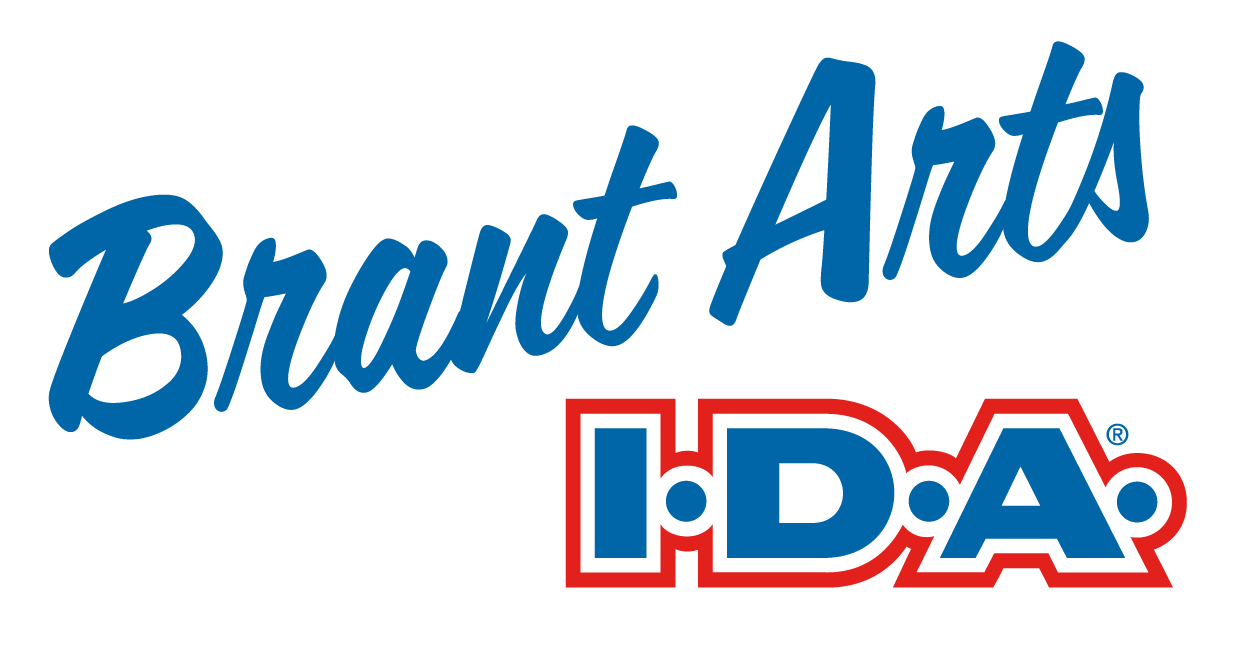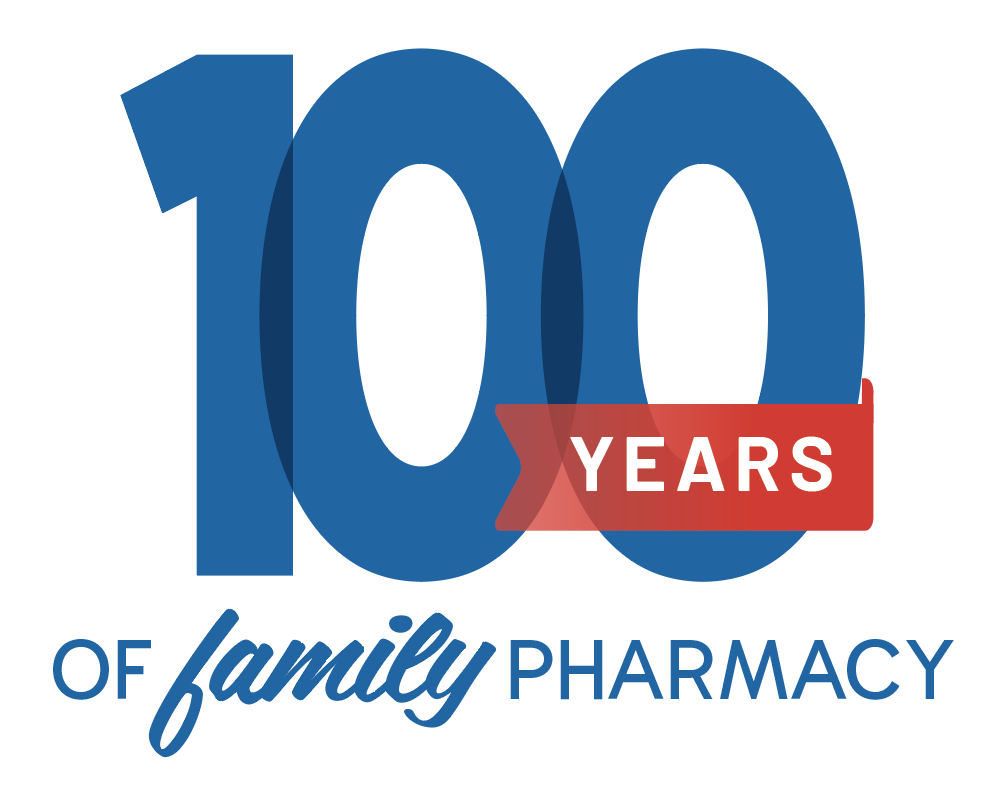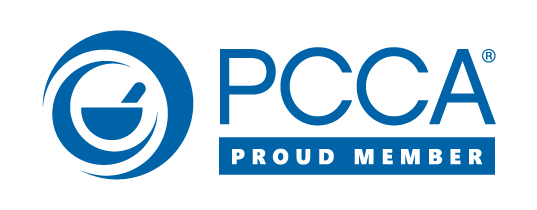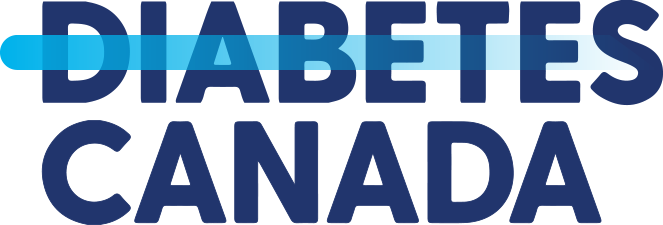Blog
Every home should have a first aid kit especially if you have a family. Why? Everyday accidents can happen; falls, bee stings, allergic reactions, and burns are only a few examples of common accidents. When you have a well-stocked and easily accessible first aid kit you are prepared to tend to these minor emergencies.
Creating an effective first aid kit is easy. Simply place the basic items into a plastic container, tote bag or tool-kit. Keep it in the medicine cabinet or another safe place that is accessible to you but away from your children.
See below for a basic list of some of the supplies that every first aid kit should have.
Bandages and Dressings:
- 25 adhesive bandages in a variety of sizes
- 5 sterile gauze pads (4 x 3 inches) and 5 sterile gauze pads (3 x 3 inches)
- An elastic bandage that can be used for wrapping a wrist, ankle, elbow or knee ( approx. 3 to 4 inches wide)
- A roll of gauze
- A roll of medical adhesive tape
- An eye shield or eye pad
- 2 triangular bandages that can be used for wrapping any injuries and making an arm sling
- Sterile cotton balls, cotton-tipped swabs
Other supplies and equipment:
- 2 pairs of latex or non-latex gloves (To be worn any time that you may in contact with blood or a bodily fluid.)
- A thermometer
- 5 safety pins to be used for fastening splints and bandages
- An instant cold pack
- A turkey baster or another suction type device which is used to flush out wounds
- An aluminum finger splint
- A pair of tweezers to remove splinters, ticks and insect stingers
- A pair of scissors for cutting bandages and gauze
- A syringe and/or medicine spoon which is used to give specified doses of medicine
- A bottle of hand sanitizer or sanitizing wipes
- A first aid manual
- A breathing barrier for use when giving CPR
- A blanket
- And a list of emergency numbers including doctors
Medicine for cuts and injuries:
- A bottle of antiseptic solution or antiseptic wipes
- A tube of hydrocortisone cream, lotion or ointment for itching
- A tube of antibiotic ointment
- A bottle of calamine lotion for stings or poison ivy
- A bottle of sterile eyewash or saline, like a contact lens saline solution
Other medicines:
- Medicines for pain and fever, such as acetaminophen or aspirin (Do not give children and teenagers aspirin)
- An anti-nausea medicine for treating motion sickness and other types of nausea
- An antihistamine such as Benadryl for treating allergies and swelling
- Decongestants for treating nasal congestion
- An anti-diarrhea medicine
- A laxative for treating constipation
- An antacid for treating an upset stomach
In addition to these supplies keep handy any additional supplies you will need to treat any special needs in your family such as a diabetic or an elderly person. You can also purchase a first aid kit from drug stores or your local Red Cross. The key is to keep the kit stock and accessible so it’s ready when you need it.
Brant Arts has all the supplies you need to create the perfect first aid kit for you and your family. Visit us today and we’ll be ready to help you create your first aid kit. We also provide pre-made first aid kits, if you’re looking at saving some time.







